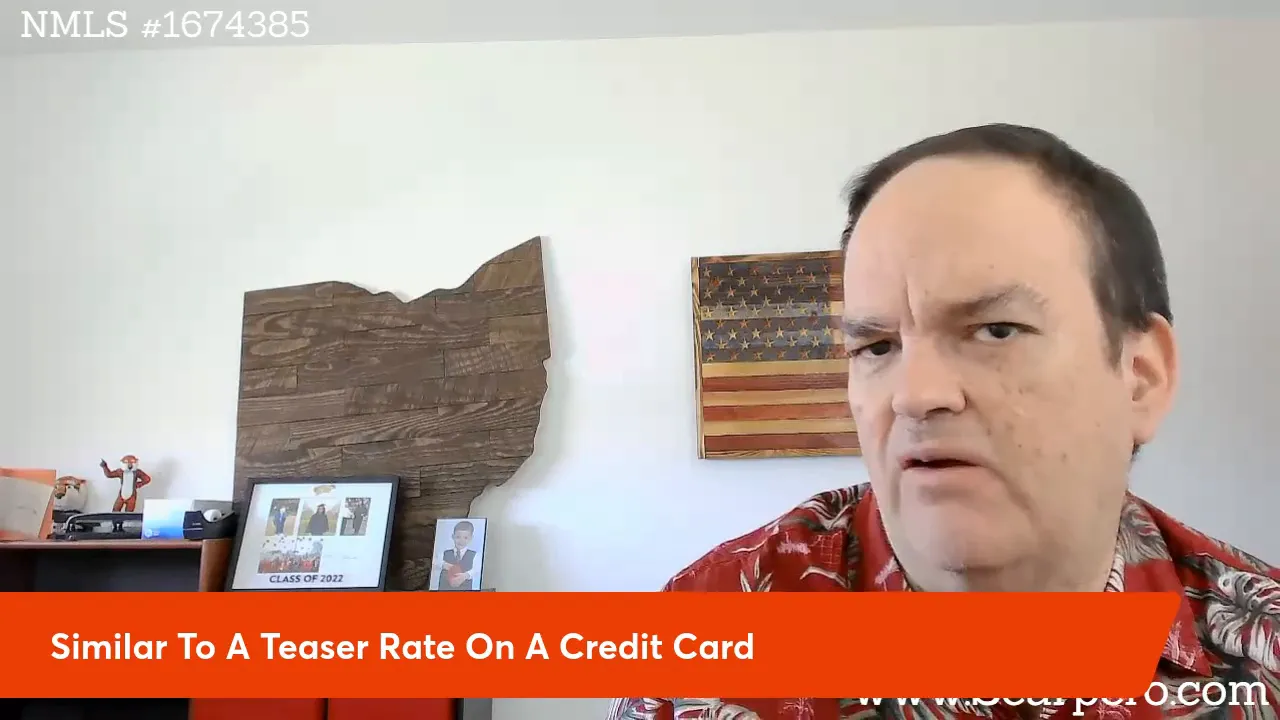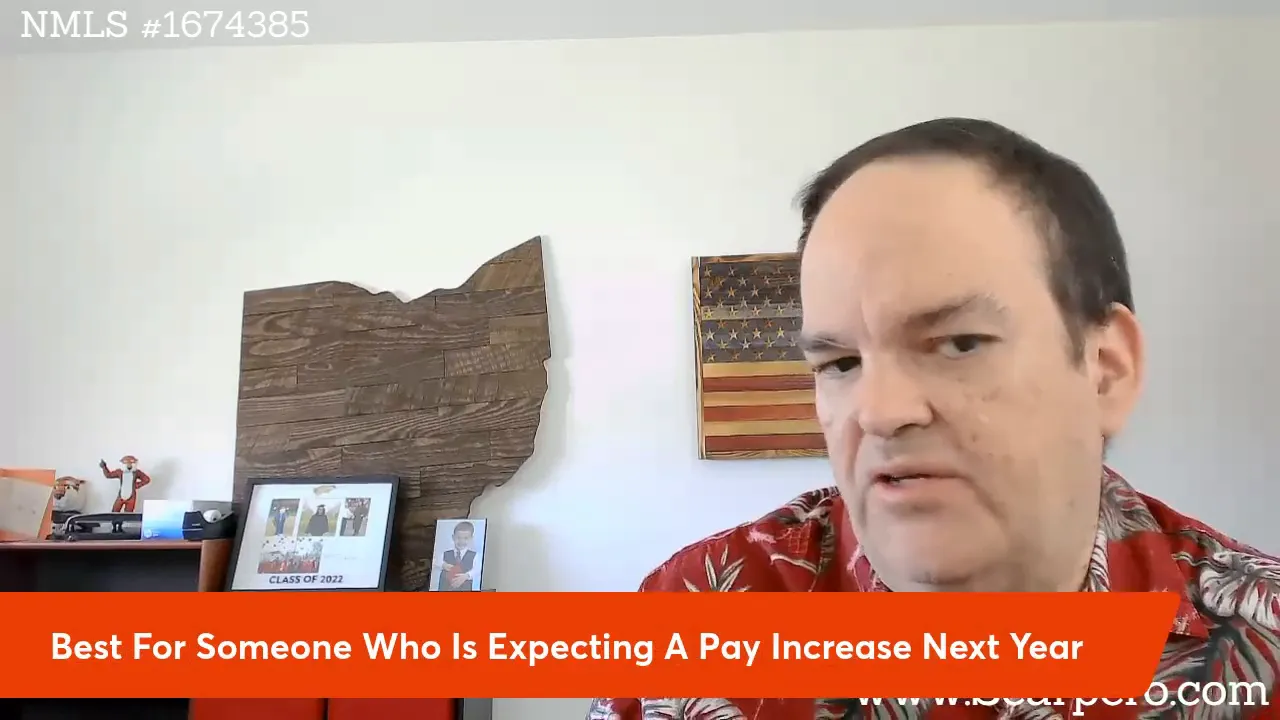
Bad Credit VA Loans…..All Your Questions Answered
Bad Credit VA Loan…All Your Questions Answered Frequently Asked Questions What is a minimum credit score to get a VA home loan? What are lender
Carlos Scarpero- Mortgage Broker
When mortgage rates rise, many homebuyers understandably want to find ways to lower their payments. The frustration is real, especially after years of historically low rates hovering around 2% to 3%. If you’re wondering if there’s a “backdoor” method to secure a lower mortgage rate, you’re not alone. Fortunately, there is a legitimate strategy called a temporary rate buydown that can help ease your monthly payments for a limited time.
A temporary rate buydown is exactly what it sounds like: a way to buy down your mortgage interest rate for a set period, usually the first year or two of your loan. Think of it like the teaser interest rates you might have seen offered on credit cards. For example, a credit card company might offer a low introductory rate for the first 12 months before increasing to the regular rate. Similarly, a temporary buydown lowers your mortgage rate temporarily, after which your rate resets to the standard fully amortized rate for the remainder of the loan term.

This can be a helpful way to reduce your initial monthly mortgage payments without locking in a permanently lower rate. The most common buydown is called a “1-0 buydown.” In this scenario, your interest rate is reduced by 1% during the first year, then returns to the normal rate for the rest of your 30-year loan term or until you refinance.
There are two primary ways to fund a temporary buydown:
The answer depends entirely on your individual financial situation. There is no one-size-fits-all in the mortgage world, and what works well for one borrower may not be right for another.
One of the key benefits of a temporary buydown is flexibility. If you refinance your mortgage during the buydown period, any unused funds in the buydown escrow account are refunded to you as a credit. This is a major advantage over permanent buydowns, where you pay upfront for a lower rate but lose that money if you refinance early.
On the other hand, there are important downsides to consider:
Temporary buydowns are particularly beneficial if you expect your income to rise within the next year or two. For instance:
Conversely, if you anticipate only a minimal pay increase or live paycheck to paycheck, a temporary buydown might not be the best option. The risk of not being able to afford the higher payment after the buydown period is real, and it’s important to avoid financial strain.

It’s important to remember that the mortgage industry has evolved significantly over the past two decades. In the past, buydowns were sometimes misused to qualify borrowers for loans they couldn’t truly afford, contributing to financial crises. Today, lenders qualify borrowers based on the higher permanent rate to ensure affordability and stability.
Before deciding on a buydown, discuss your situation with a trusted loan officer who can provide individualized advice. Every financial scenario is unique, and a professional can help you evaluate whether a temporary buydown fits your goals and budget.
A temporary rate buydown reduces your mortgage interest rate for a fixed period (often one year), lowering your monthly payments during that time before returning to the standard rate.
The seller funds the buydown through concessions, which are placed in a separate escrow account to cover the difference in interest payments during the buydown period.
If you refinance before the buydown expires, any remaining funds in the buydown escrow account are refunded to you as a credit, making temporary buydowns more flexible than permanent ones.
No, lenders qualify you based on the higher fully amortized interest rate to ensure you can afford payments after the buydown period ends.
Borrowers expecting a significant income increase within the buydown period, such as union workers with scheduled raises, commission earners, or recent graduates entering higher-paying jobs.
Yes. You must be prepared for the payment increase after the buydown expires. If you can’t afford the higher payment, it could lead to financial stress.
Final Thoughts
Temporary rate buydowns can be a valuable tool for managing mortgage payments in a high-rate environment. They provide a way to ease into homeownership costs with lower initial payments, especially if you anticipate your income will rise soon. However, they also come with trade-offs, including higher payments down the road and the need to qualify at the higher rate.
As with any financial decision, it’s critical to weigh the pros and cons carefully and seek personalized advice. If you want to explore whether a temporary rate buydown is right for your home loan, don’t hesitate to reach out to a knowledgeable mortgage professional who can guide you through the process.
If you have questions about home loans, VA mortgages, or temporary buydowns, feel free to get in touch. Your financial future deserves the best advice tailored to your unique situation.

Bad Credit VA Loan…All Your Questions Answered Frequently Asked Questions What is a minimum credit score to get a VA home loan? What are lender

Can A Second Job Be Used For VA Qualifying Income? Table of Contents Key Takeaways Understanding When Second Income Can Be Used for VA Loans

A Backdoor Way To Get A Lower Mortgage Rate Table of Contents Key Takeaways What Is a Temporary Rate Buydown? Is a Temporary Rate Buydown